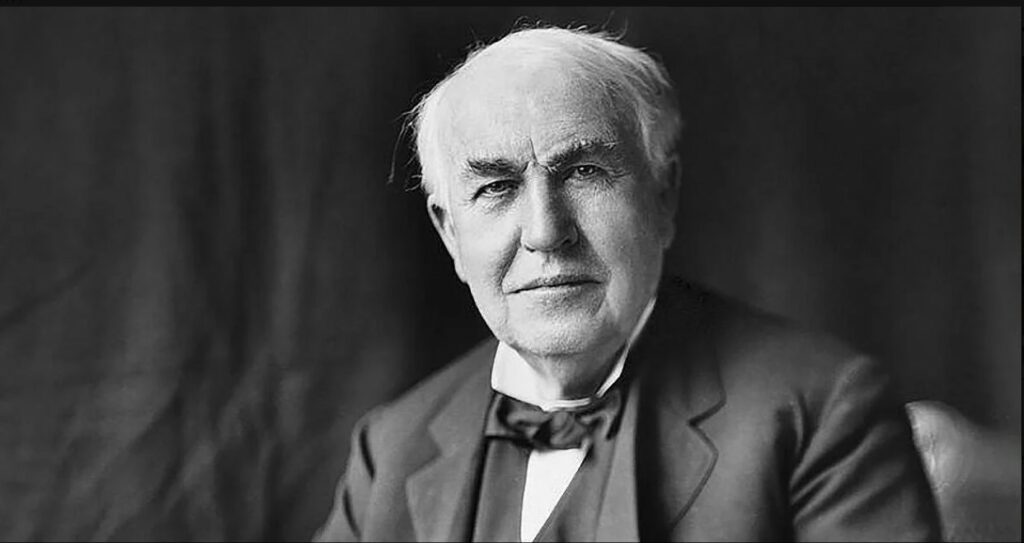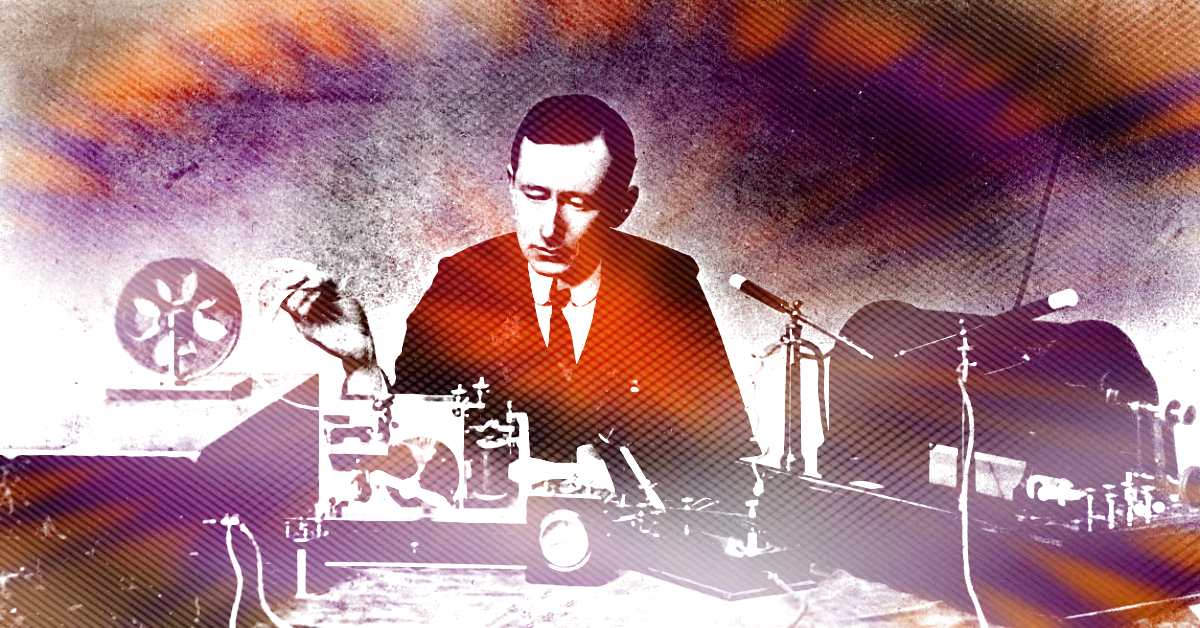Guglielmo Marconi, born on April 25, 1874, in Bologna, Italy, was an Italian inventor and electrical engineer who is widely recognized for his pioneering work in wireless telecommunication. He is considered one of the fathers of radio and made significant contributions to the development of long-distance wireless communication, revolutionizing the way people communicate across vast distances.
Marconi was born into a wealthy Italian family. His father, Giuseppe Marconi, was an Italian landowner, while his mother, Annie Jameson, came from a wealthy Irish family. From a young age, Marconi displayed a keen interest in science and technology. He was particularly fascinated by the concept of wireless telegraphy, inspired by the experiments of Heinrich Hertz and James Clerk Maxwell.
In his late teenage years, Marconi began conducting experiments in his attic laboratory at his family’s home. He focused on developing a practical system for wireless telegraphy, using the recently discovered phenomenon of electromagnetic waves. Despite facing skepticism from the scientific community, Marconi persisted in his research and made several breakthroughs.
In 1895, at the age of 21, Marconi successfully transmitted wireless signals over a distance of about two kilometers. Encouraged by this achievement, he continued to refine his system and conducted experiments over increasingly longer distances.
Marconi and Edison
The relationship between Guglielmo Marconi and Thomas Edison was primarily one of professional rivalry and occasional collaboration. While both individuals were influential inventors and pioneers in their respective fields, they held different views on certain aspects of wireless communication.
Marconi and Edison had differing opinions on the best approach to wireless telegraphy. Marconi focused on the use of electromagnetic waves and developed systems based on this principle. On the other hand, Edison favored the use of electrical currents conducted through the Earth or through wires.
Their differing approaches led to a notable clash during the late 1890s and early 1900s, known as the “War of the Currents.” Marconi’s wireless telegraphy system posed a significant threat to Edison’s established electrical infrastructure and the telegraph industry. Edison publicly criticized Marconi’s work, expressing skepticism about the practicality and reliability of wireless communication.
However, despite their rivalry, Marconi and Edison did collaborate on occasion. In 1901, Marconi and Edison worked together to improve wireless communication over long distances. Edison provided Marconi with assistance and advice on antenna design and electrical engineering. Together, they developed systems to enhance the range and efficiency of wireless transmission.

Furthermore, in 1914, during World War I, Marconi and Edison cooperated on the development of wireless communication technology for military purposes. Marconi’s company collaborated with Edison’s firm to create innovative systems that could be used in naval warfare.
Despite occasional collaboration, the rivalry between Marconi and Edison persisted. Both inventors sought to protect their own patents and promote their respective technologies. They engaged in legal battles and patent disputes, competing for recognition and financial gain.
It is worth noting that while Marconi and Edison had differing views and competed in some areas, they both made substantial contributions to the field of technology and communication. Marconi’s work in wireless telegraphy and radio laid the foundation for modern wireless communication systems, while Edison’s inventions and innovations in various fields, such as the phonograph and electric power distribution, revolutionized multiple industries.
Overall, their relationship can be characterized as a mix of professional rivalry, occasional collaboration, and competing visions for the future of communication technology.
Marconi’s Place in History
Marconi’s efforts culminated in a historic achievement on December 12, 1901 when he received the first transatlantic radio signal, proving that wireless communication was possible across the vast expanse of the Atlantic Ocean. This achievement marked a turning point in global communication and solidified Marconi’s place in history.
His groundbreaking work in wireless telegraphy earned him widespread recognition and acclaim. He received numerous honors and awards, including the Nobel Prize in Physics in 1909, becoming the first Italian to win a Nobel Prize. Marconi’s wireless telegraphy system was rapidly adopted and deployed around the world, revolutionizing communication in various industries, such as maritime navigation and military operations.
Throughout his career, Marconi continued to innovate and improve upon his wireless communication system. He made significant contributions to the development of shortwave wireless communication, which played a crucial role in both World Wars. Marconi also worked on the advancement of radar technology and made valuable contributions to the field of microwave engineering.
Beyond his scientific achievements, Marconi was a savvy entrepreneur and established several successful companies related to wireless communication. He founded the Wireless Telegraph & Signal Company in 1897, which later became the Marconi Company, and played a vital role in the commercialization of radio technology.
Ironically, Marconi had been offered free passage on Titanic’s maiden voyage but opted to travel on the Lusitania a few days earlier, thus avoiding the tragedy that followed. Guglielmo Marconi passed away on July 20, 1937, in Rome, Italy.
Marconi’s legacy lives on as one of the greatest inventors and innovators in the field of wireless communication. His groundbreaking work laid the foundation for modern telecommunications and paved the way for the development of technologies that transformed the world.
Today, Marconi is remembered as a visionary who revolutionized global communication, connecting people across vast distances and shaping the way we interact and share information. His contributions to science and technology continue to impact our lives, and his name remains synonymous with the marvels of wireless communication.

